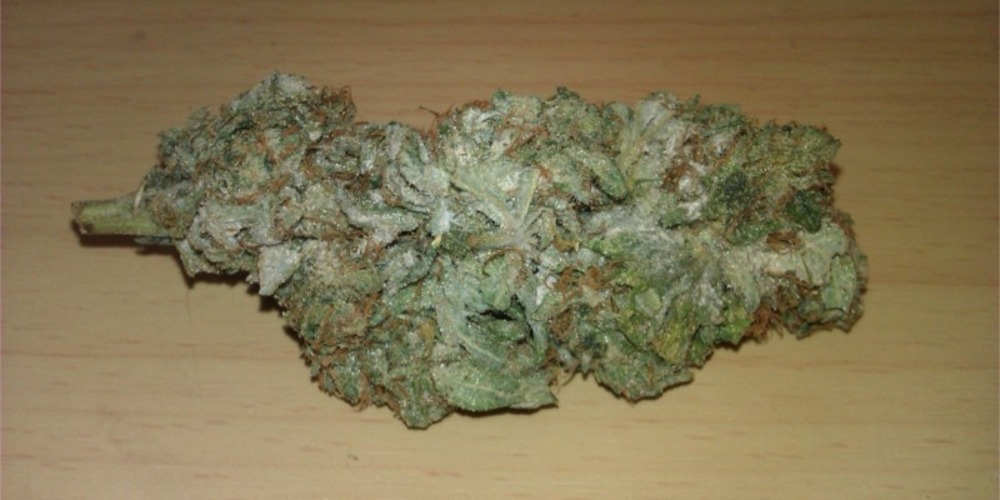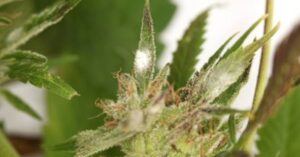
Knowledge is power when it comes to cannabis, and understanding Moldy Weed is absolutely critical to your well-being. This guide explores its dangers, signs, and steps for keeping your cannabis experience safe – regardless of your experience level – joining us is key as we reveal hidden risks while learning how to protect ourselves and others from mold exposure.
Mold can be detrimental to both your physical and mental well-being so it’s essential that you learn how to identify it before it puts your lungs at risk. As it’s always best to err on the side of caution and dispose of any weed that appears contaminated with mold, when possible it would be prudent to do so when possible. Mold spores can easily spread throughout other plants, food sources, and your lungs if left lingering on your weed.

Symptoms of Moldy Weed: Recognizing the Risks
Aspergillus spores are ubiquitous and usually benign. Nevertheless, when inhaled via smoking or vaping, they can disrupt and release harmful toxins into your system, resulting in symptoms such as upper respiratory irritation, coughing, and sinus pain. More severe consequences may include lung infections like pneumonia and neurological effects.
Moldy stashes must be identified and discarded immediately. A sure sign is their unpleasant and musty aroma or the presence of white, grey, black, or brown powdery substances on buds that appear like mildew or hay; additional symptoms include decreased stickiness as trichomes appear dull or even crystallize in color; to confirm this theory you can hold up the suspected stash under a light source; if its trichomes glow dark blue-black in hue it’s probably moldy!
Most people experiencing side effects from smoking moldy weed will only experience mild and temporary discomforts like sinus pain and nausea, though those with allergies or compromised immunity could experience more serious and long-lasting ones such as wheezing and difficulty breathing – symptoms which could potentially progress into more serious illnesses such as pulmonary aspergillosis – an infection caused by specific types of Aspergillus fungi.
Mold Prevention and Safety Measures for Cannabis Consumers
Mold is a natural part of cannabis cultivation. Plants are susceptible to mold growth during their trimming, drying, curing, and storage processes due to airborne mold spores deposited from surrounding surfaces, potentially producing mycotoxins that pose health risks and even lead to death if inhaled by people breathing them in.
Most people who smoke moldy weed experience mild side effects like coughing and nausea; however, for others, this could be more serious depending on their health and immune system. Inhalation of mycotoxins may result in aspergillosis which leads to symptoms like fever, breathing issues, chest pain, and coughing up blood.
To protect weed from mold growth, store it in airtight containers away from moisture. If moldy weed does develop on its own, discard it rather than trying to salvage it as this version will likely be less potency and require you to smoke more to achieve the same effects.
Before purchasing marijuana, it is advisable to examine it for any indications of mold, mildew, or rot on its buds and pay close attention to its aroma. If it emits an unpleasant or foul odor, it is not advisable for use.

Dealing with Moldy Weed: Risks, Consequences, and Handling
Once a plant has become compromised by mold, there’s no hope of saving it. Cutting away moldy buds or flowers would destroy or scrape off their trichomes – which contain THC – thus negating any efforts at salvage. Any fuzzy or cottony growth likely represents mold; mouldy marijuana has an unpleasant musty odor and feels damp upon touching.Smoking moldy weed can have unpleasant short-term side effects for most people, including nausea and vomiting.
It can also develop an unpleasant musty flavor and induce symptoms like coughing or a dry throat, especially in individuals sensitive to potentially toxic mold spores that can result in fungal infections in the sinuses or lungs—a potentially life-threatening condition, especially for those with compromised immune systems.
One should generally avoid moldy weed at all costs, even if they don’t have severe allergies or compromised immune systems.If you do find yourself with moldy stash, try decontaminating it by using a humidification pack or airtight storage. However, keep in mind that mold spores may spread via handling; take extra caution when handling marijuana plants as you prepare them for curing.
Preventing Mold in Marijuana Cultivation: Essential Tips for Health and Safety
Moldy marijuana poses potential threats to human health. Therefore, it is critical that during harvest, drying, curing and storage stages, your crop be regularly checked for mold. You should remove any buds that contain mold immediately from jars that contain them to ensure safety for yourself and others.
Moldy weed can wreak havoc on both your respiratory system and mouth. Furthermore, Aspergillus fungus produces mycotoxins which build up over time in your lungs causing serious health complications over time.
If you are allergic to aspergillus spores or have lung conditions like asthma, smoking moldy weed can cause upper respiratory inflammation, sinus pain and congestion; more serious reactions such as pneumonia could even become life-threatening in extreme cases.
Fungus thrives in warm, damp environments with low oxygen and high humidity – like your growing space – where oxygen levels may be limited and humidity high. You can avoid mold by regularly cleaning out and maintaining a clean grow room; doing this should prevent pockets of moisture forming in any corners. Also, pruning back leaves on plants to increase airflow can lower chances of mold forming, further decreasing chances of mould. Those who cure their own weed should monitor jars every few days for fresh airflow to allow your buds to breathe properly.
